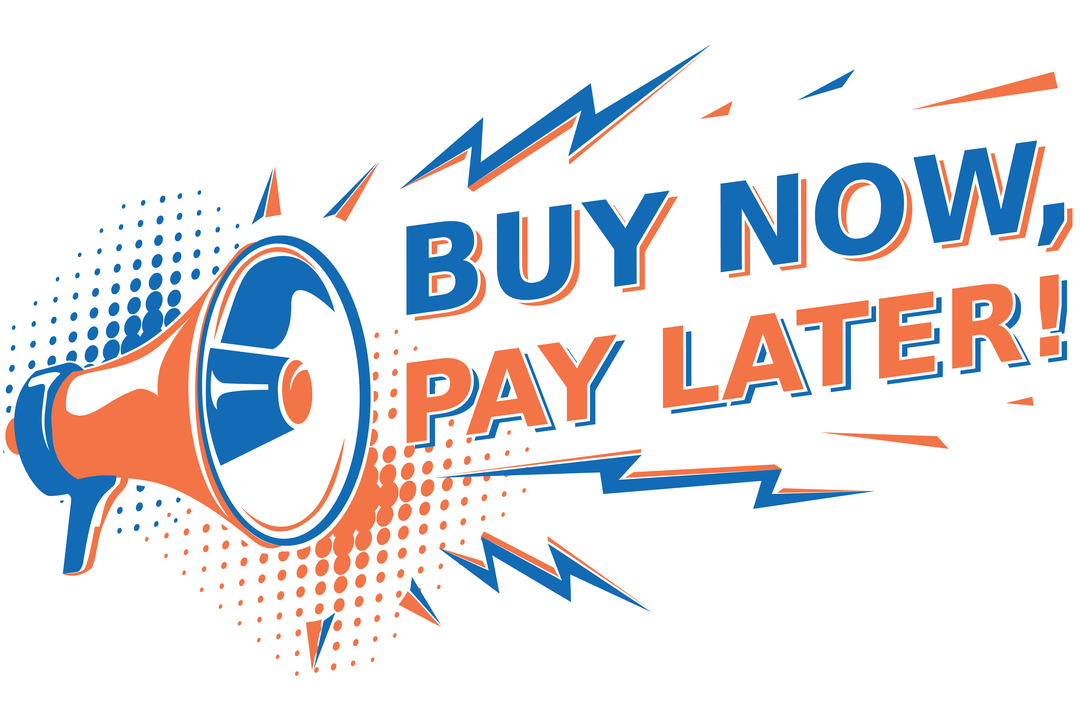After-pay systems in their current format might be fairly new, but they’ve quickly become mainstream. Think of how many times you’ve encountered the AfterPay or ZipPay options at the checkout when you’re online shopping.
An after-pay system can be a fantastic way to break up the financial burden of goods and services for customers and clients. In the current economic climate, offering alternative ways to pay could be helpful to keep your sales ticking over.
How does an after-pay system work?
An after-pay system is an alternative payment system that allows clients and customers to spread out the cost of a purchase over a set period of time. For a business owner, after-pay systems integrate with major e-commerce and POS platforms. It works online and instore – so you just need to determine how you’d like to deploy it. Once a customer has selected your after-pay option when checking out, the business is paid upfront for the full amount.
What are the benefits for business of an after-pay system?
Reassuringly, an after-pay system promises the security of zero fraud or credit risk. On the face of it, after-pay may look like something that could be high risk, but in actual fact, your business is protected and the after-pay service provider will take care of chasing any defaulting payments.
The system is also useful for increasing your customer base, resulting in a higher number of sales. It can also increase the number of repeat purchases made by loyal customers. Many savvy consumers now seek out brands that offer an after-pay system.
How do I set up an after-pay system for my business?
Implementing an after-pay system is a simple process. Depending on which provider you choose to use, you’ll be asked to submit a range of details including: ABN, contact details, industry and type of business, sales channels, payment platforms, total annual sales, and business bank account information. Some providers may call you to finalise your set up. Do your research and compare what the different providers offer (and charge!).
What are the drawbacks of after-pay systems for merchants?
One of the main things to bear in mind when implementing an after-pay system is that your business is charged between 4 and 6%, depending on the value of the orders. Customers are also charged if they miss a payment, which could potentially lead to complaints directed at your business.
Where can I get more advice on sales?
If you’d like help exploring different options to keep your revenue rolling in during Covid-19, please get in touch with the Propeller team. You can also watch our recent webinar with The Customer Agency on enhancing your sales strategy.






